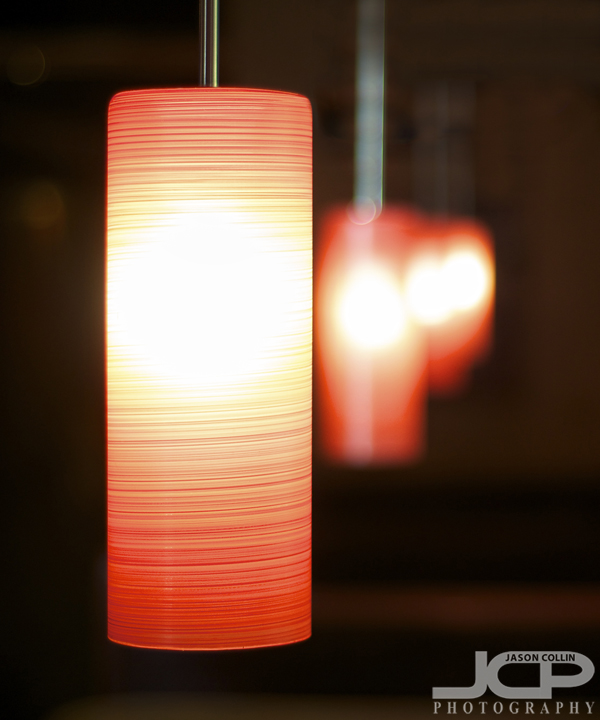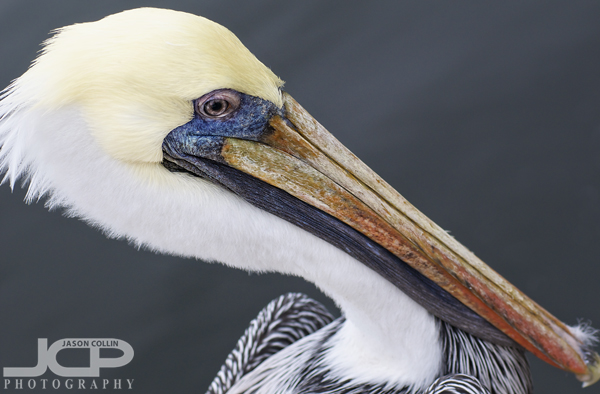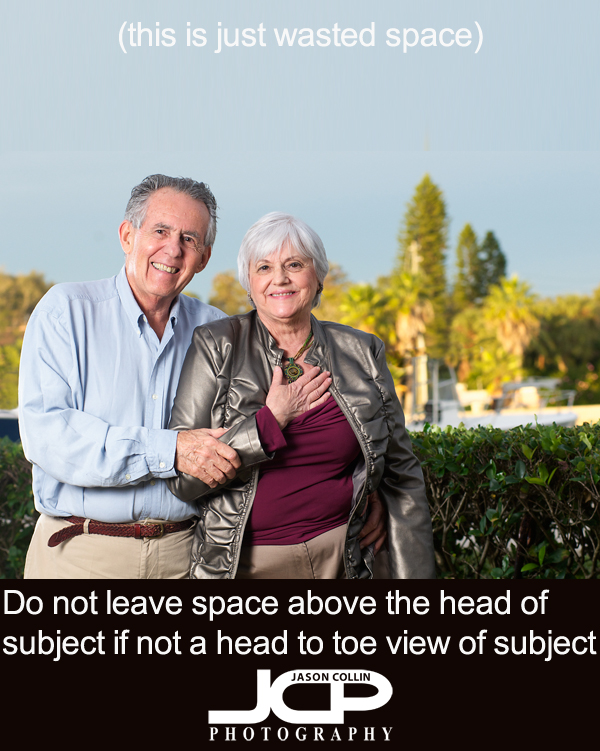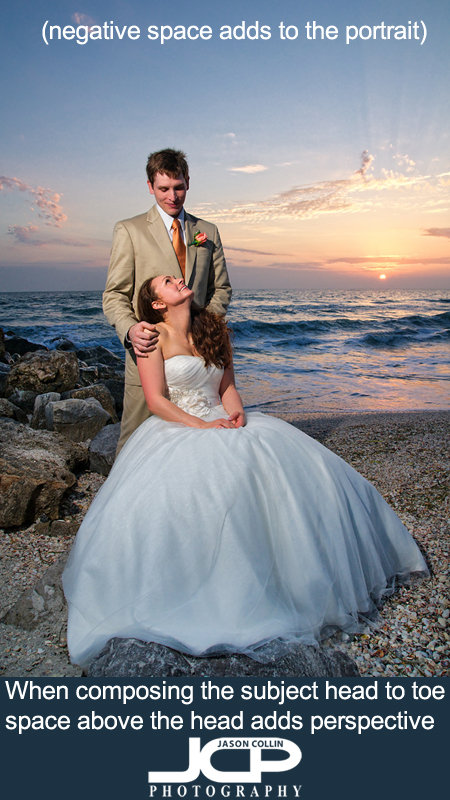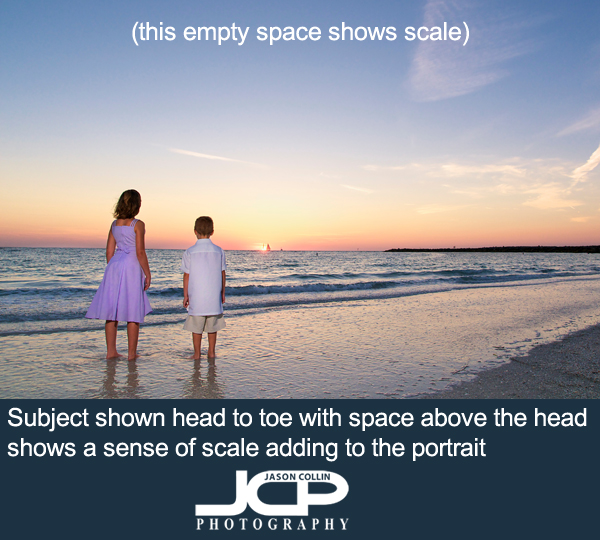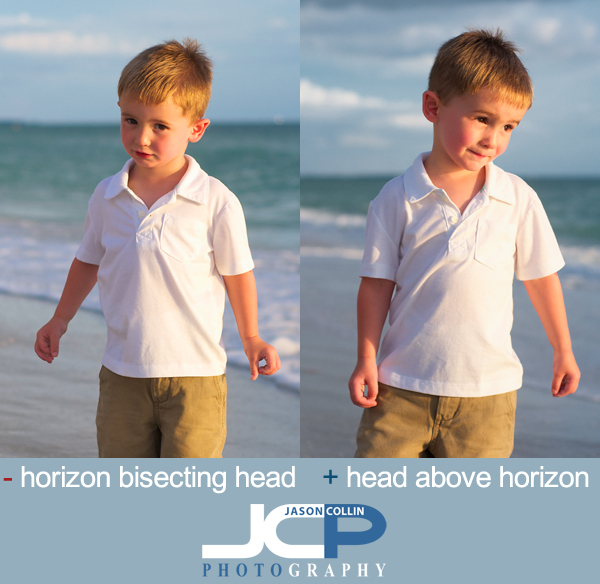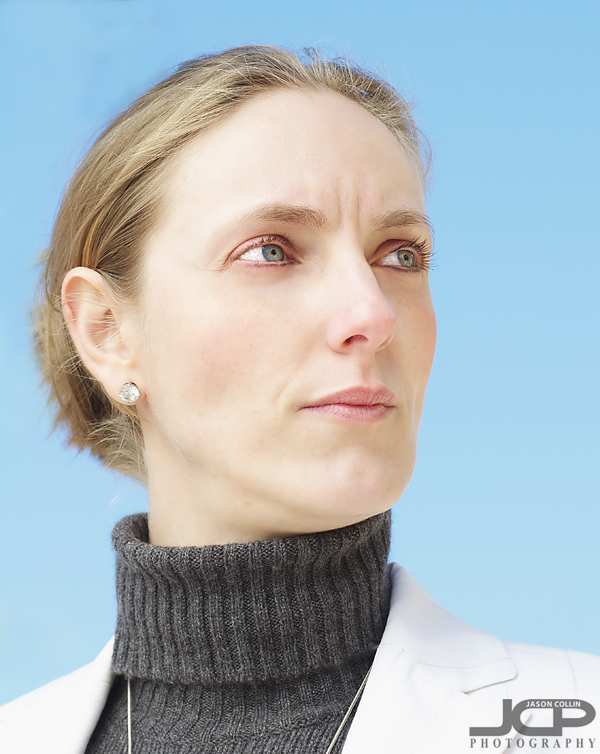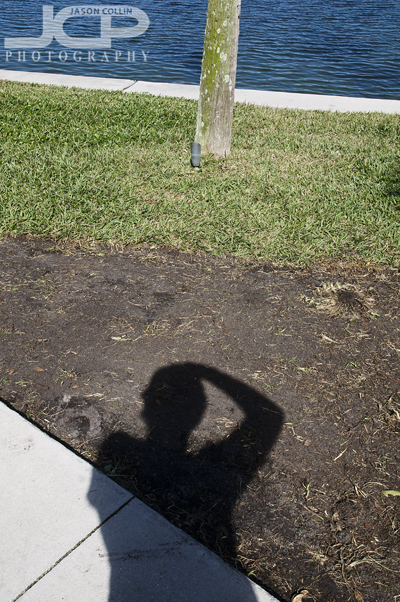 Point your shadow at the subject to get the best exposure chance.Pointing your shadow at the subject is the photography tip I have given the most perhaps. I have told it to every past photography student (300 and counting!). The most common way to express this though is to say put your back to the sun to help get the best exposure when shooting outside on a sunny day. I find it is even easier just to point your shadow at the subject. For a subject you can move, then definitely place yourself between the subject and the sun so that your shadow is pointing at the subject and your back is to the sun. Sometimes of course the subject cannot be moved so then you have to compromise or come back at a different time when the sun would be behind you.
Point your shadow at the subject to get the best exposure chance.Pointing your shadow at the subject is the photography tip I have given the most perhaps. I have told it to every past photography student (300 and counting!). The most common way to express this though is to say put your back to the sun to help get the best exposure when shooting outside on a sunny day. I find it is even easier just to point your shadow at the subject. For a subject you can move, then definitely place yourself between the subject and the sun so that your shadow is pointing at the subject and your back is to the sun. Sometimes of course the subject cannot be moved so then you have to compromise or come back at a different time when the sun would be behind you.
For moving subjects I follow this same rule. I will position myself as much as possible with my shadow pointing in the general area of the subject and wait for it to move in front of me.
Pointing your shadow at your subject will give you the best chance at getting a good exposure throughout the photo when shooting during the day. It's a very simple way to dramatically improve your final image. Let me know how it works for you.

